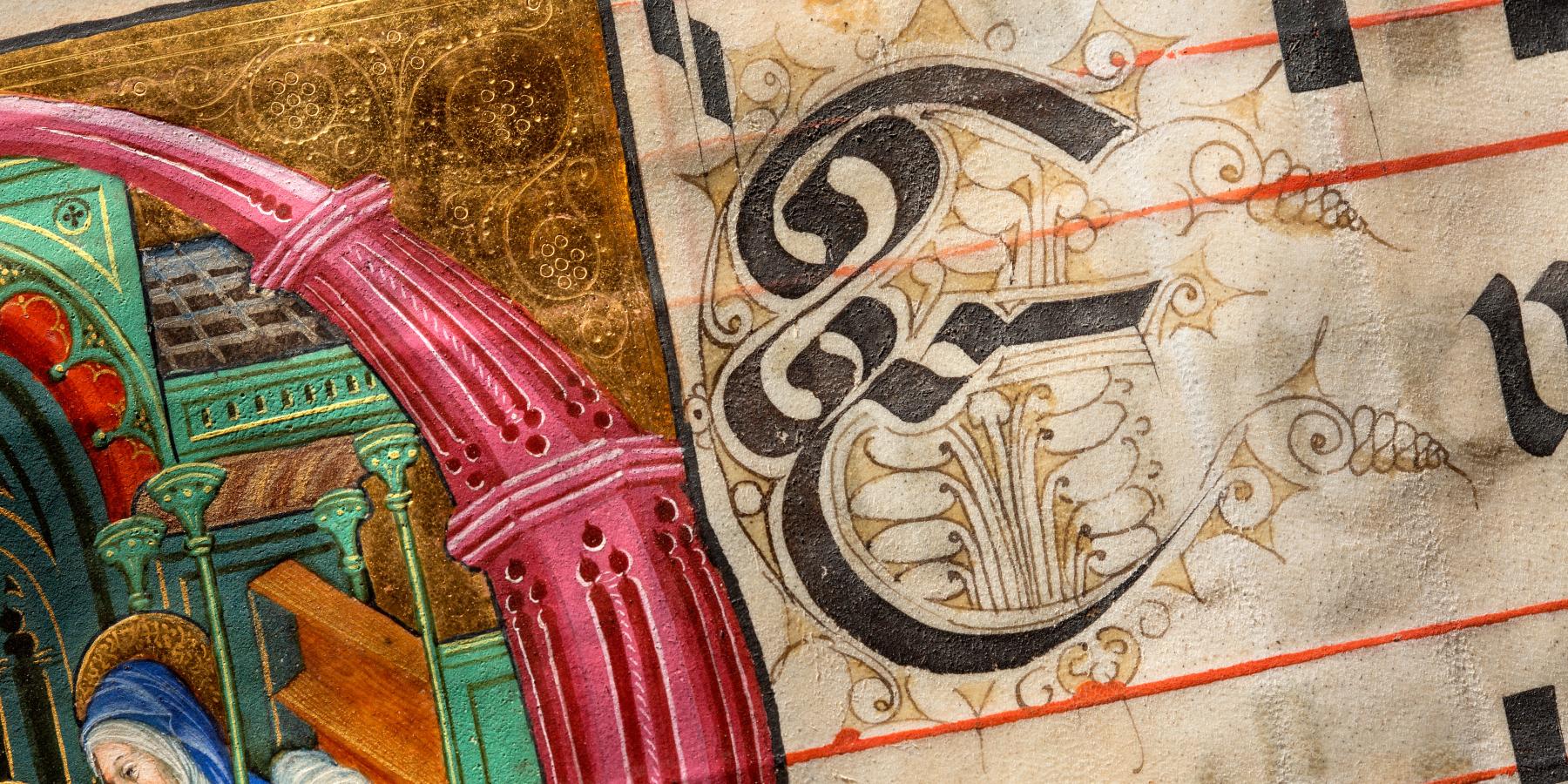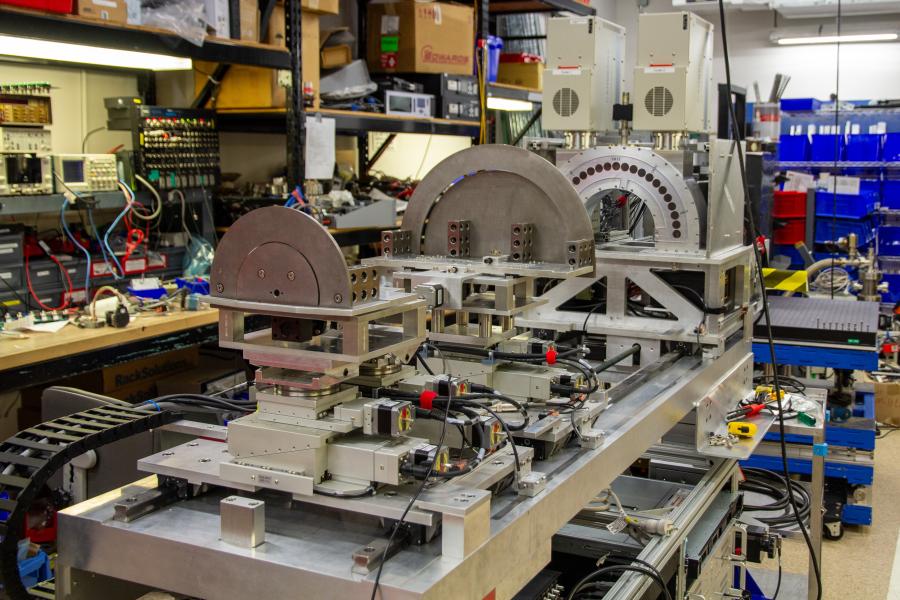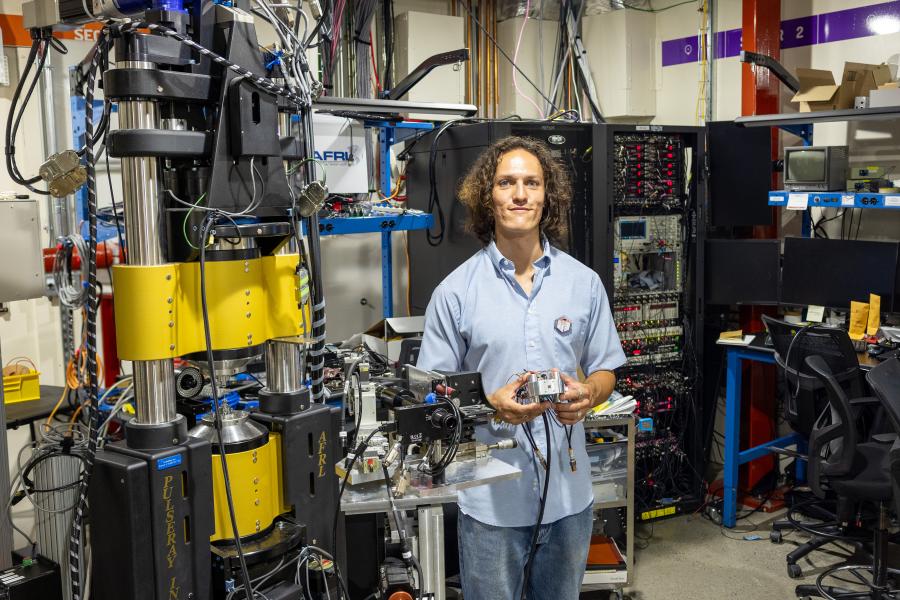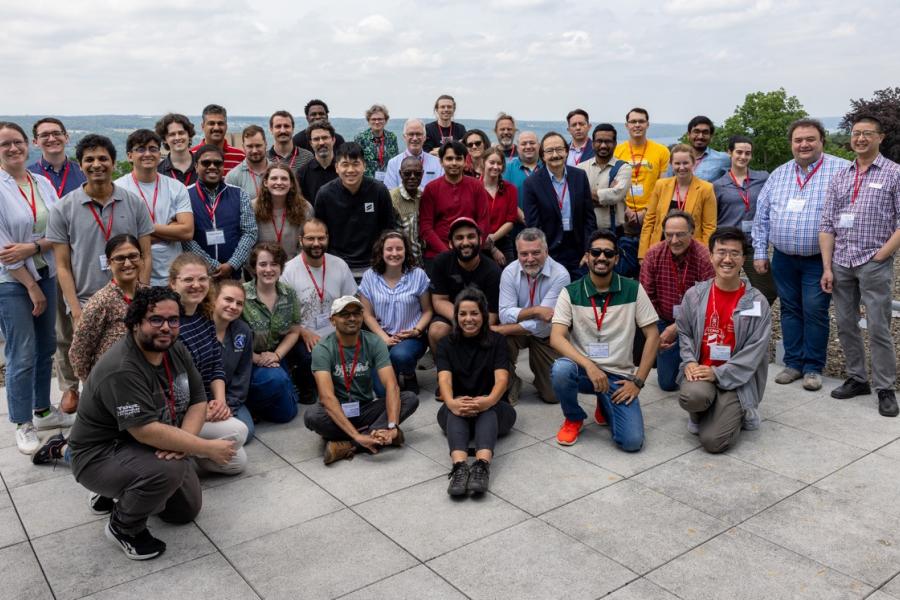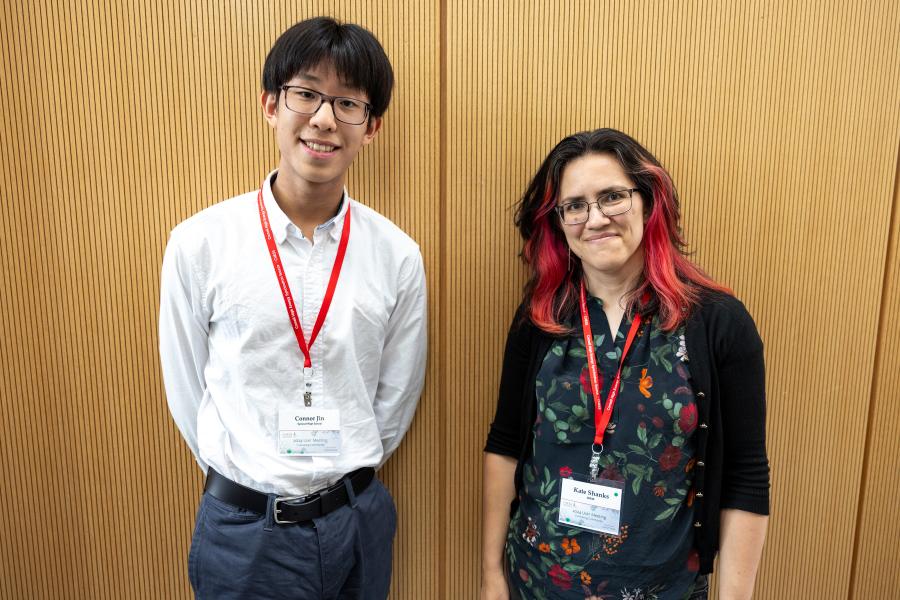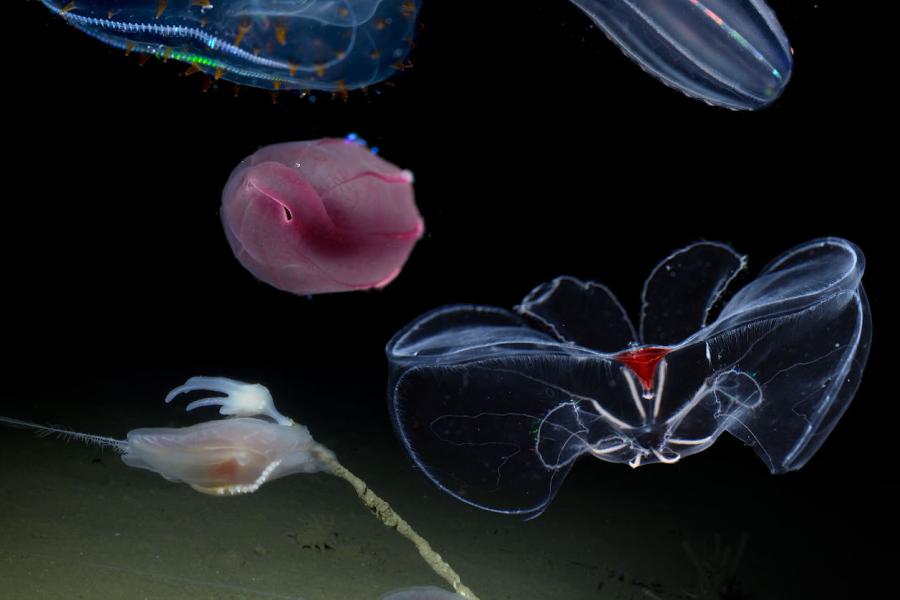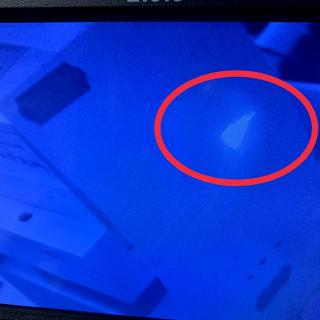Sidebar Menu (View Pages)
- Status
- ⌃ Science
- ⌃ Users
- ⌃ Facilities
- ⌃ Public
- Industry
- ⌃ About
Tags
Featured
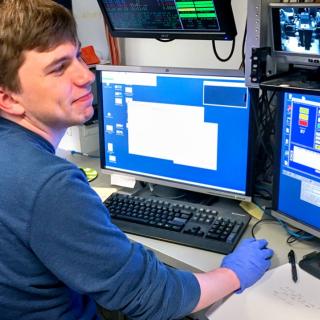
Study offers new target for antibiotic resistant bacteria
As antibiotic resistance rises, the search for new antibiotic strategies has become imperative. In 2013, the Centers for Disease Control estimated that antibiotic resistant bacteria cause at least 2 million infections and 23,000 deaths a year in the U.S.; a recent report raised the likely mortality rate to 162,044.
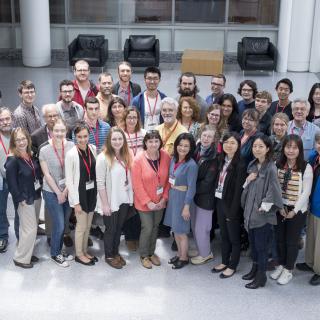
CHESS Users Meeting Workshop on "Biomolecules Under Pressure"
There is growing interest in the biological research community to characterize and understand the impact of high pressures, i.e. 100s of MPa, on the physical properties and function of biological macromolecules, e.g. proteins, viruses, lipids etc.
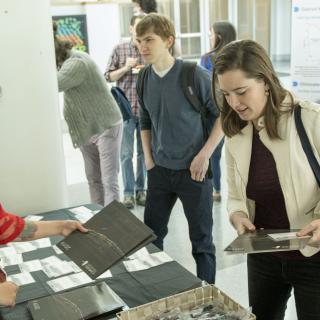
2019 CHESS Users Meeting
The 2019 CHESS Users Meeting for the first time broke the 200 mark with 225 registered participants attending the plenary sessions and two hand-on workshops focusing on Synchrotron Essentials and Biomolecules Under Pressure. A complete meeting report will be published in the September 2019 issue of Synchrotron Radiation News.
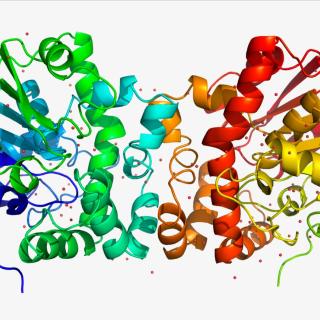
First Crystal Structure at CHESS beamline ID7B2
In one of the first commissioning experiments since the upgrade of the facility, the team of Aaron Finke and collaborators measured the first crystal structure at CHESS beamline ID7B2. The beamline provided excellent quality data and a good refined structure from a fluoroacetate dehalogenase crystal was obtained as shown below. Further commissioning is underway. Even at this early stage, ID7B2 is definitely geared up to be a world-class beamline.
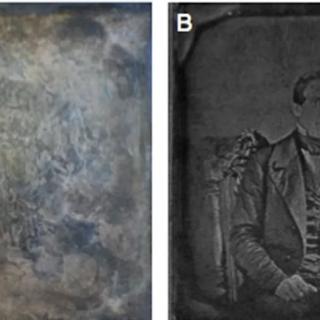
Scientific Reports Journal Top 100
The Scientific Reports article on "Recovery of Degraded-Beyond-Recognition 19th Century Daguerreotypes with Rapid High Dynamic Range Elemental X-ray Fluorescence Imaging of Mercury L Emission" with X-ray fluorescence imaging at CHESS was identified to be among the top 100 highly accessed articles in Scientific Reports in 2018. Congratulations to the authors!
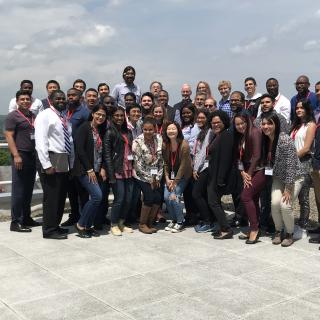
Synchrotron Essentials Workshop
On June 4 - 5, 2019, students from several PREM groups and the INCREASE consortium participated in the CHESS User’s Meeting and the associated “Synchrotron Essentials” workshop.
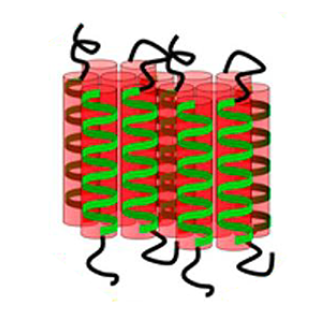
Bioinspired membranes: Teaching an old dog new tricks
Living cells control input and output from the cell to the surrounding medium with highly specific channels formed by membrane proteins. In order to make this specificity available to membranes used in industrial separation processes, Suzana Nunes’ group at King Abdullah University of Science and Technology explored the behavior of block copolymers with a model peptide block.
